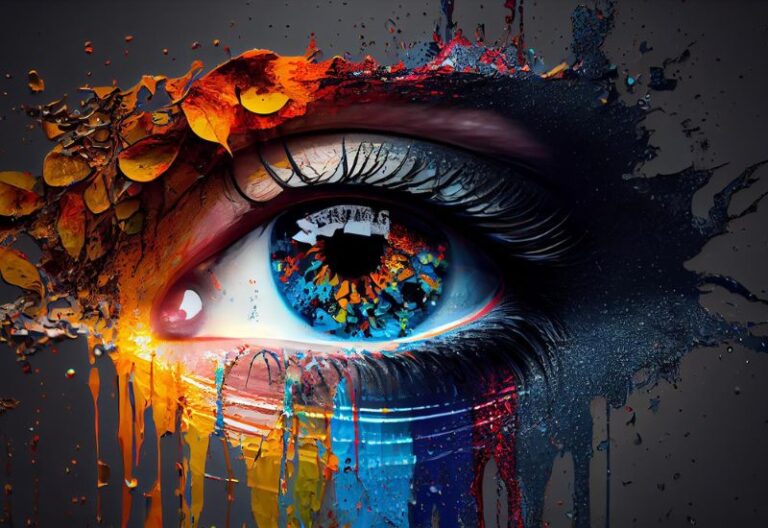The importance of designers has increased across a range of businesses in the quick-changing, ever-evolving world of today. Designers employ their creativity, problem-solving abilities, and user-centred perspective to develop aesthetically pleasing and useful goods, services, and experiences. The need for qualified designers is always growing as companies and organizations realize how important good design is to lure in and keep consumers. In this post, we’ll look at the industries that give designers the most chances for employment and professional development, giving you an idea of the kinds of environments in which they may succeed and have a big influence.
1. Technology and Software Development
The technology and software development sector is undoubtedly one of the most prominent fields for designers. With the proliferation of digital products and services, user interface (UI) and user experience (UX) design have become vital components in creating successful software applications and websites.
In this sector, designers work closely with development teams to ensure seamless interactions, intuitive navigation, and visually appealing interfaces. Designers with expertise in web design, mobile app design, and interactive product design are highly sought after in technology-driven companies. Moreover, the continuous advancements in augmented reality (AR), virtual reality (VR), and artificial intelligence (AI) present even more opportunities for designers to create innovative and immersive experiences.
2. E-commerce and Retail
The e-commerce and retail sectors heavily rely on effective design to attract customers, optimize user journeys, and drive sales. From designing eye-catching product images and promotional materials to creating intuitive and user-friendly online shopping interfaces, designers play a crucial role in enhancing the overall customer experience.
Additionally, as the retail landscape evolves to incorporate omnichannel experiences, designers are needed to bridge the gap between physical and digital interactions. Retail companies are also investing in packaging design, branding, and store layout design to create a cohesive and memorable brand experience.
3. Marketing, Advertising, and Branding
In the marketing, advertising, and branding sectors, designers are instrumental in conveying brand messages, values, and identities to target audiences. Whether it’s designing eye-catching advertisements, crafting compelling social media graphics, or creating memorable brand logos, designers are central to shaping a brand’s visual identity.
With the rise of content marketing and digital advertising, there is a growing demand for designers skilled in creating engaging and shareable visual content. Additionally, designers who understand user behaviour and can design persuasive landing pages and email campaigns are highly valued in the digital marketing landscape.
4. Gaming and Entertainment
The gaming and entertainment industries are all about delivering captivating and immersive experiences to users. Game designers, UI/UX designers, and graphic artists collaborate to create visually stunning games and interactive entertainment content.
The gaming industry has expanded beyond traditional video games, with the emergence of mobile gaming, virtual reality gaming, and esports. These new avenues present exciting opportunities for designers to explore innovative interfaces and experiences.
5. Healthcare and Medical Technology
Designers play a crucial role in the healthcare and medical technology sectors, contributing to the creation of user-friendly medical devices, healthcare apps, and patient portals. UX designers focus on making healthcare technology accessible to patients and healthcare professionals alike, ensuring ease of use and efficient workflows.
Moreover, designers in this sector work on healthcare branding and communication materials, aiming to convey complex medical information in a clear and understandable manner. As the healthcare industry embraces digital transformation, designers with expertise in health informatics and medical visualization are in high demand.
6. Architecture and Interior Design
In the realm of architecture and interior design, designers shape the physical spaces we inhabit. From designing aesthetically pleasing buildings to creating functional and ergonomic interiors, designers enhance the way we experience our surroundings.
With the increasing focus on sustainable and eco-friendly design, there are opportunities for designers to specialize in environmentally conscious architecture and interior design. Additionally, the integration of smart technologies into buildings opens up new possibilities for designers to create futuristic and interconnected spaces.
7. Education and E-Learning
As education continues to evolve through e-learning platforms and digital tools, the demand for instructional designers and e-learning developers has grown significantly. Designers in this sector focus on creating engaging and interactive educational content, online courses, and learning management systems (LMS)
Furthermore, there is a need for designers who can design educational games and simulations, making learning a fun and immersive experience. With the global shift towards remote learning, the demand for skilled e-learning designers is expected to rise further.
8. Automotive and Transportation
In the automotive and transportation industries, designers are responsible for crafting the visual identity of vehicles and creating intuitive and user-friendly interfaces for in-car infotainment systems.
The emergence of electric vehicles and autonomous driving technology opens up new possibilities for designers to reimagine the interior and exterior design of vehicles. Moreover, designers in this sector are exploring opportunities for sustainable transportation solutions and mobility services.
Designers may now work in a variety of industries, each with its own set of problems and creative opportunities. They are no longer restricted to a single specialized field. Designers have a significant impact on the world we live in, whether it is via the development of cutting-edge software interfaces, the development of captivating e-commerce user experiences, or the advancement of medical technologies.
At Squids360, we recognize how crucial design is to fostering both creativity and user delight. Our team of talented designers provides services in UI/UX design, product design, branding, and more to satisfy the expectations of diverse businesses. Get in contact with Squids360 right now if you want to use the power of design to advance your company. Use our all-inclusive design solutions to help you bring your ideas to life.









